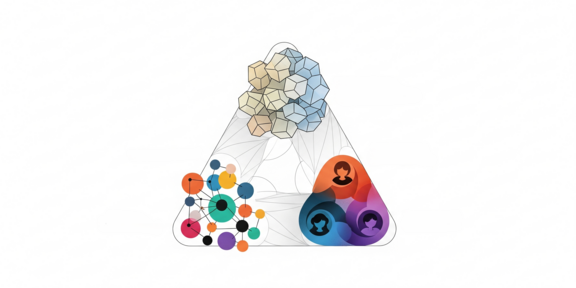Publication of a study on platform governance for established companies

Maximilian Schreieck, Jan Ondrus, Manuel Wiesche, Helmut Krcmar (2025). “Platform Governance for Established Companies”.
The study examines platform governance in established companies transitioning to digital platform strategies, addressing the gap in existing literature that primarily focuses on platform-native startups. Through a multiple case study of four established companies (IS-Corp, APIbank, CarGroup, and ToolGroup), the research yields several actionable recommendations for managers and practitioners embarking on or currently navigating digital transformations. These recommendations are not recipes for success, but suggestions or considerations for managers developing platform governance strategies:
- Embrace a multi-layer governance approach. A multi-layered approach involves recognizing the differences between internal business units, core partners, and third-party developers and implementing appropriate governance approaches for each. For example, internal business units might require more hierarchical approaches, while third-party developers might benefit from a more open approach. This approach ensures the platform owner maintains control of their core services while allowing more flexibility and generativity at the periphery.
- Leverage existing assets and relationships. Established companies could leverage existing internal capabilities, partner relationships, and customer bases to gain a competitive advantage. These existing assets and relationships can establish a foundation for the platform, attract third-party developers, and offer access to an existing customer base. However, established companies should be aware of the potential for conflict when existing partners are asked to participate in the platform on equal footing with new partners and should implement solutions to mitigate those concerns.
- Standardize and simplify integration for third-party developers. Established companies could simplify integration for third-party developers. Such an integration can be achieved by standardizing interfaces and providing support to make it easier for third-party developers to create applications for the platform. Developers need comprehensive tools and information, such as clear instructions and examples, to effectively utilize the connection points.
- Institute clear guidelines and support for core partners and third-party developers. Established companies could establish guidelines aligning all participants with the platform’s strategic goals. Companies could offer core partners tailored support mechanisms that reflect their strategic importance.
- Establish a common goal for all ecosystem actors. To support conciliatory governance efforts, platform owners could aim to establish a goal shared by all ecosystem actors. Even though all actors focused on maximizing their benefits from participating in the ecosystem, platform owners can make the case that all actors would benefit more if the ecosystem were more successful. A common goal would also help navigate tensions between internal business units and external actors and guide the collaboration of actors in innovation clusters.
Armed with these recommendations, practitioners in established companies are well-positioned to navigate platform governance strategies. They should continuously monitor the effectiveness of their governance mechanisms and adapt them as the platform changes. This includes responding to market demands, ensuring the platform remains competitive, and staying informed of emerging trends in the market.
The article is published as open access and can be accessed via the following link:
Platform Governance for Established Companies
The California Management Review is a prestigious quarterly business journal published by the Haas School of Business at the University of California, Berkeley. Established in 1958, it serves as a bridge between academic research and practical management applications, focusing on translating cutting-edge business scholarship into actionable insights for executives and practitioners.
This work was funded by the Deutsche Forschungsgemeinschaft (DFG, German Research Foundation) – project no. 521353095 and by the Austrian Science Fund (FWF) – project no. 10.55776/I6567.






